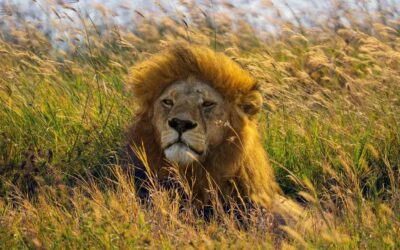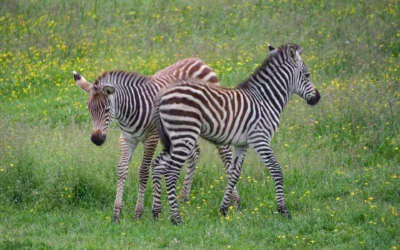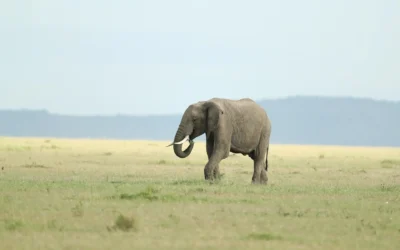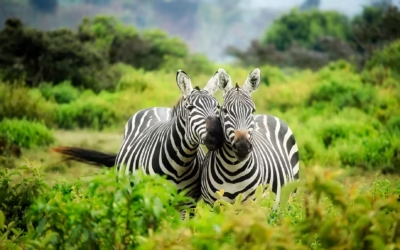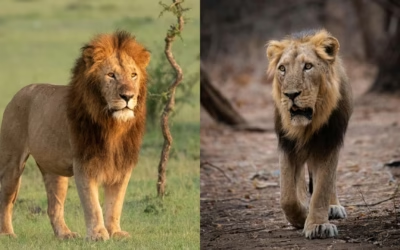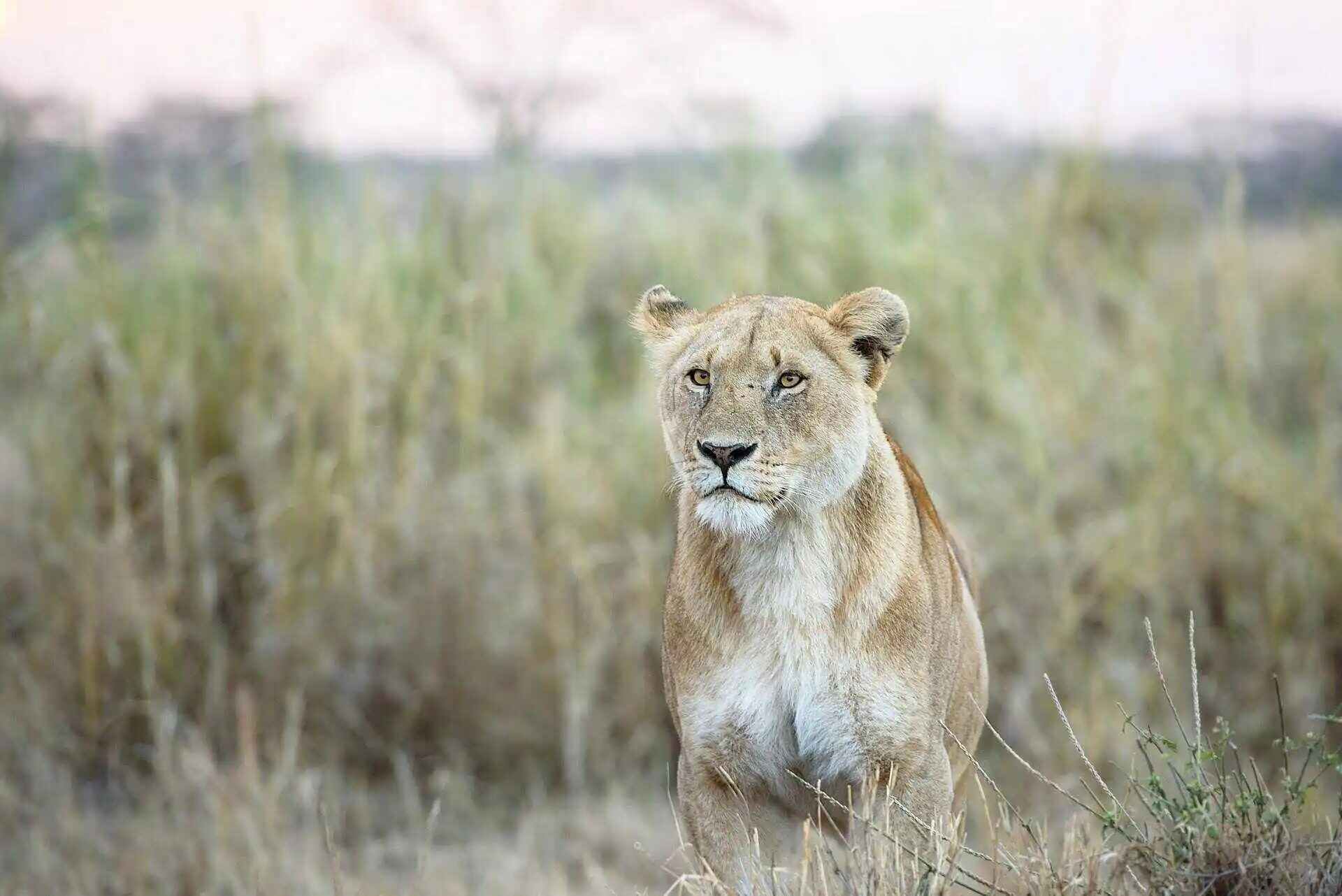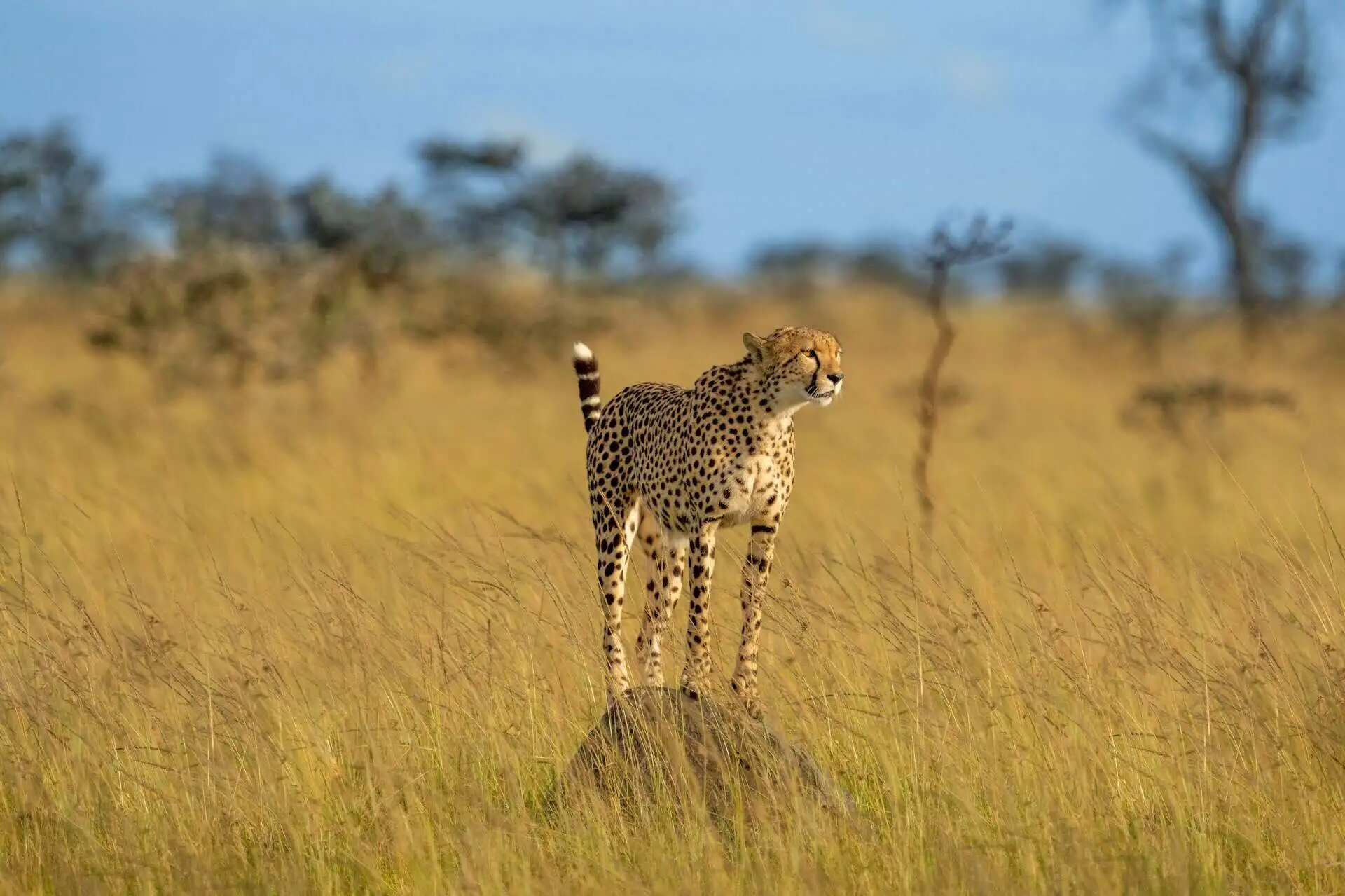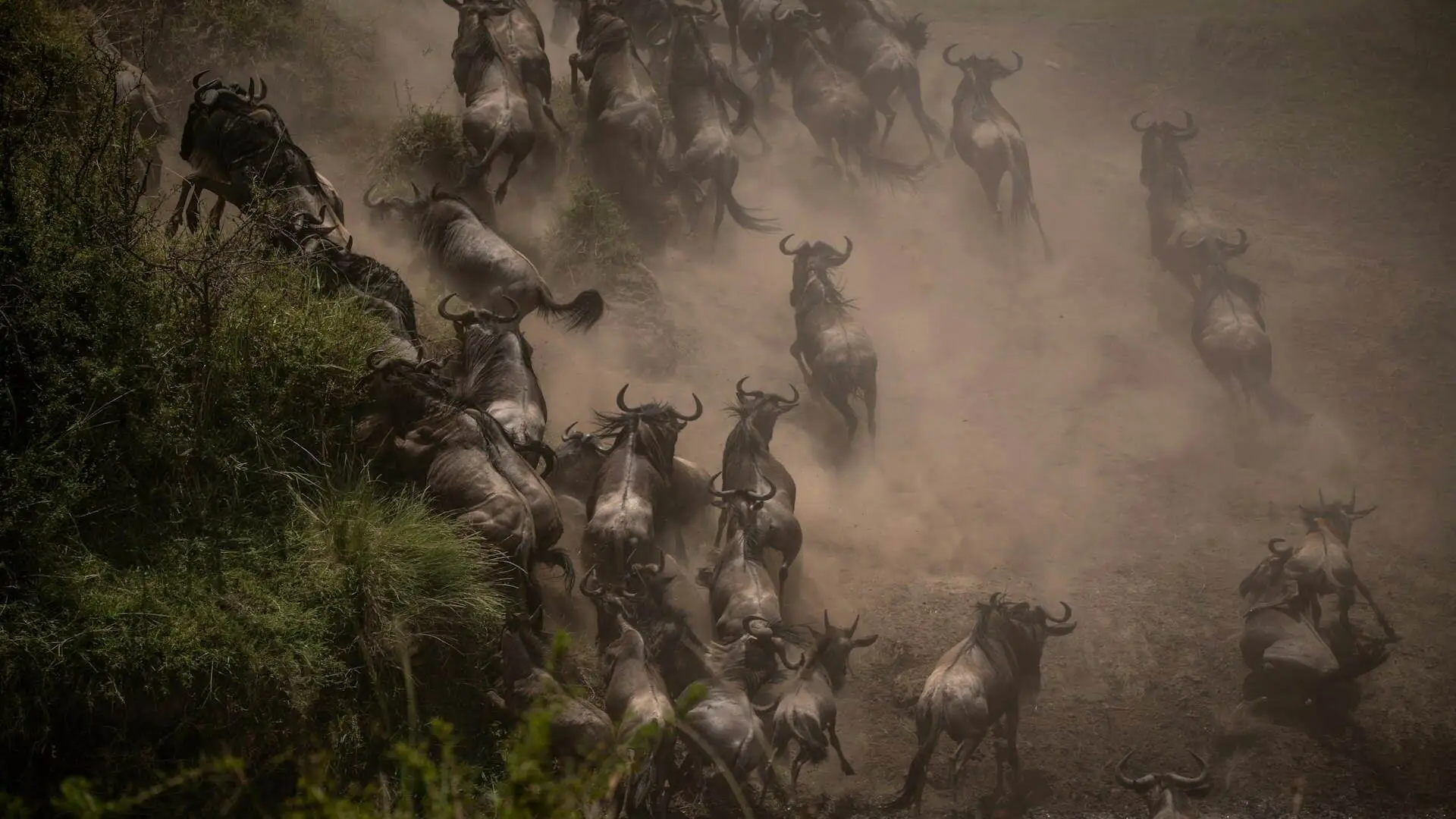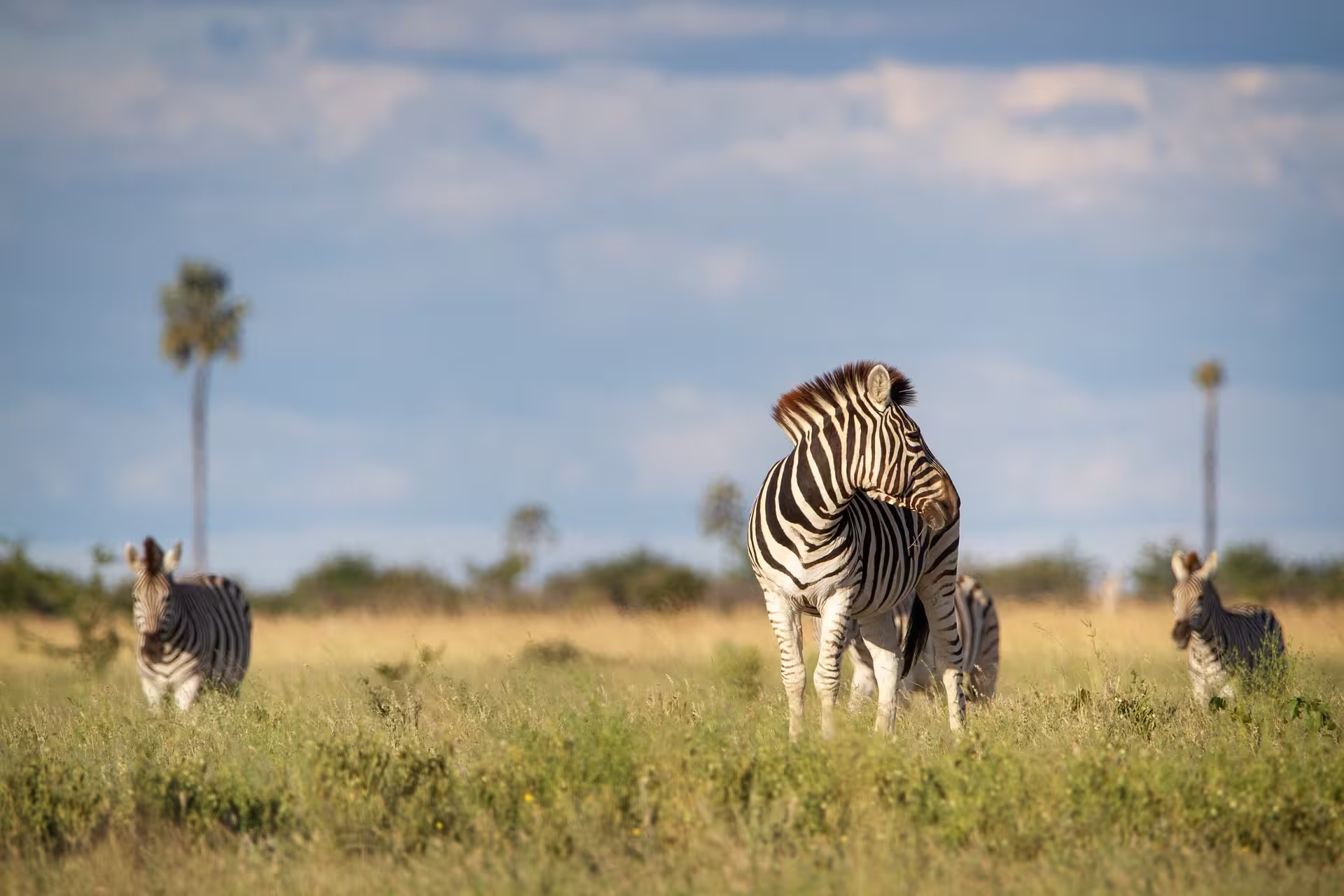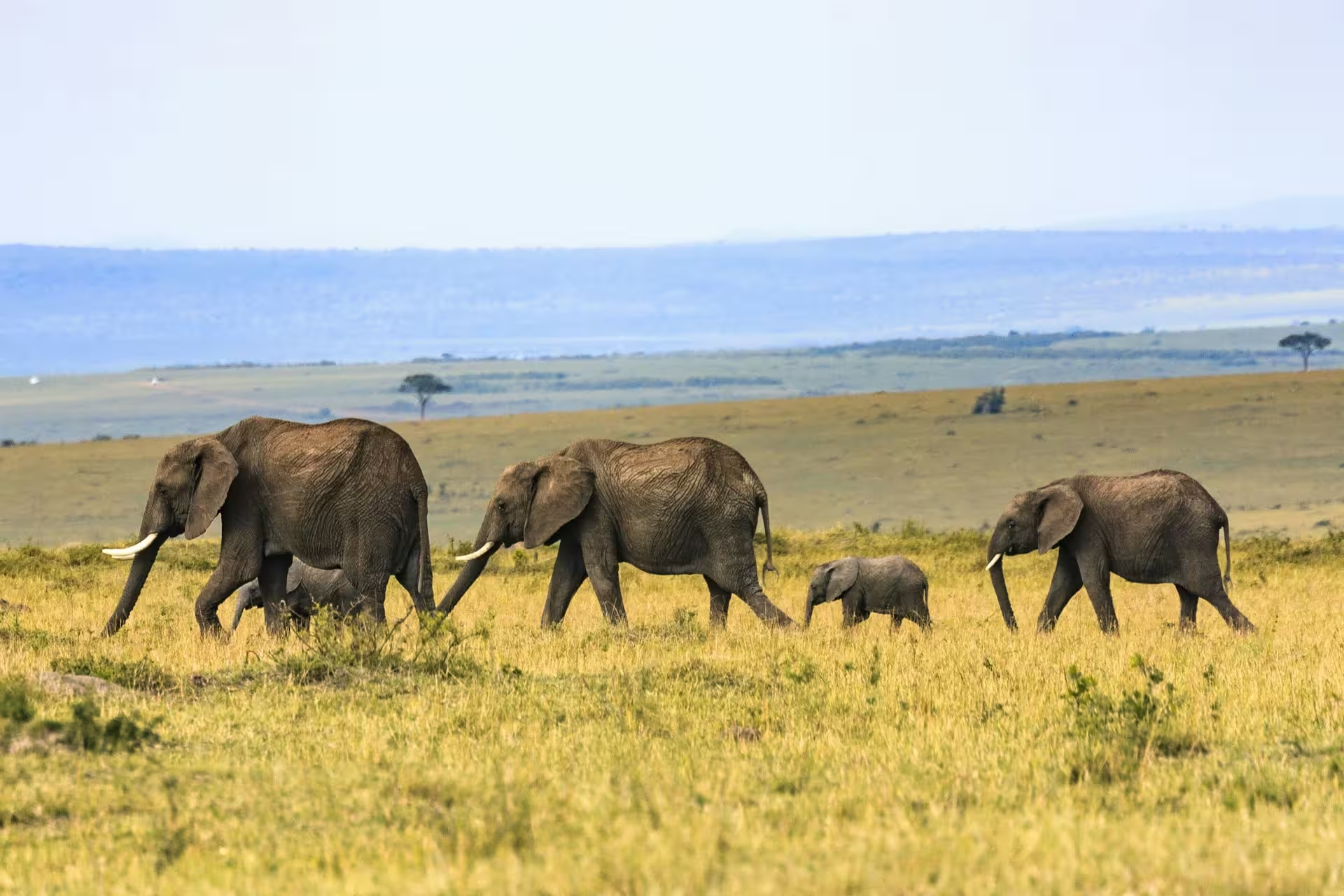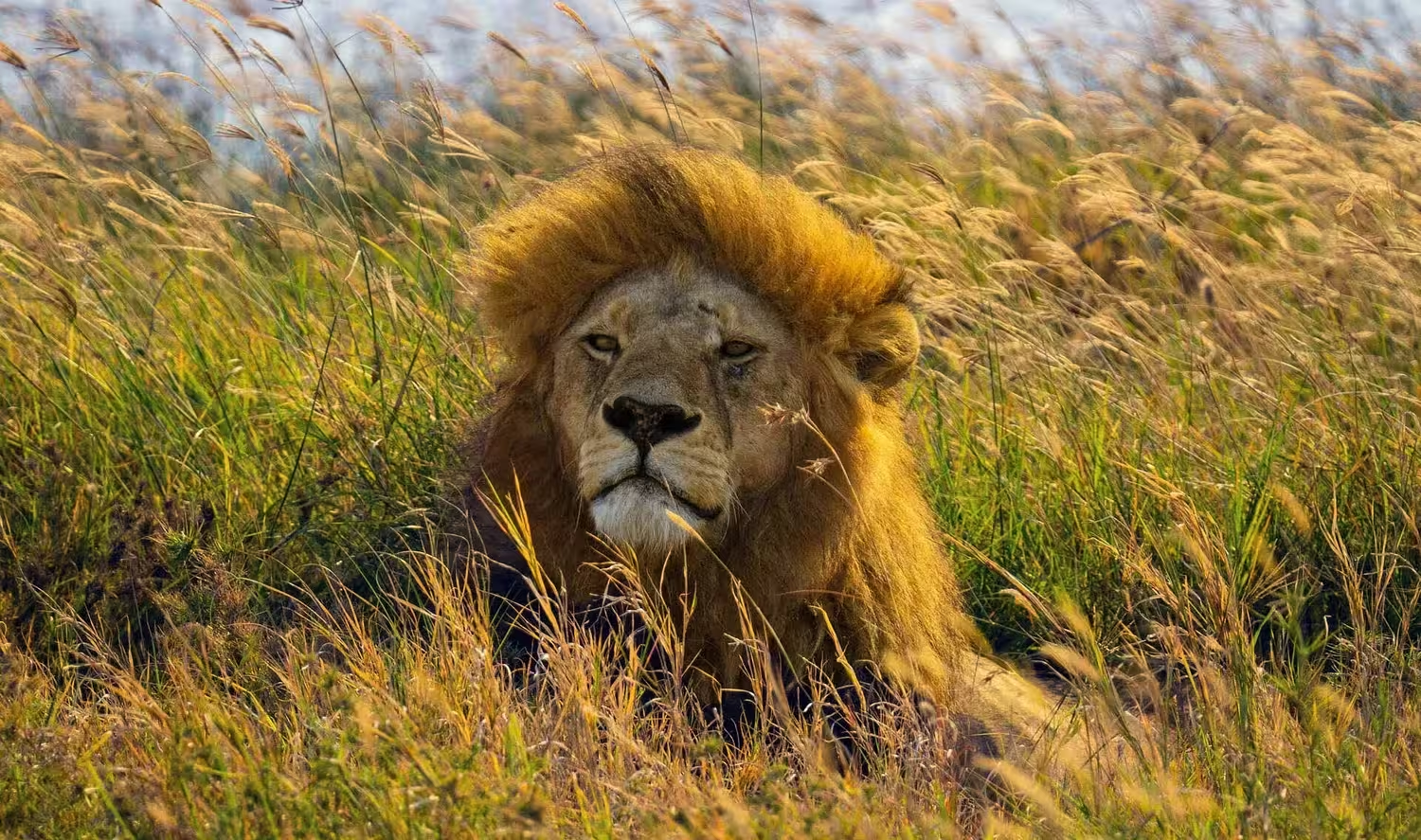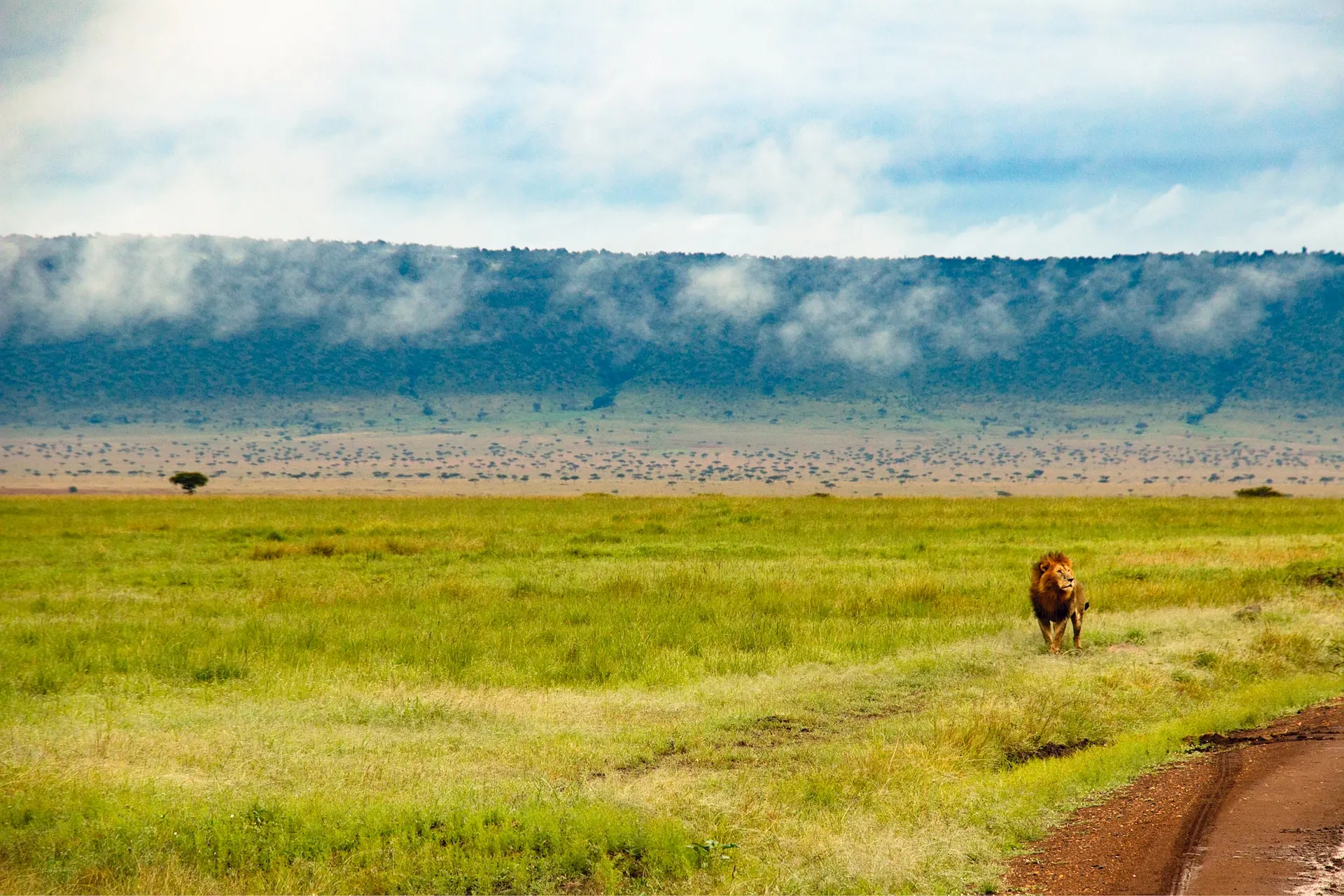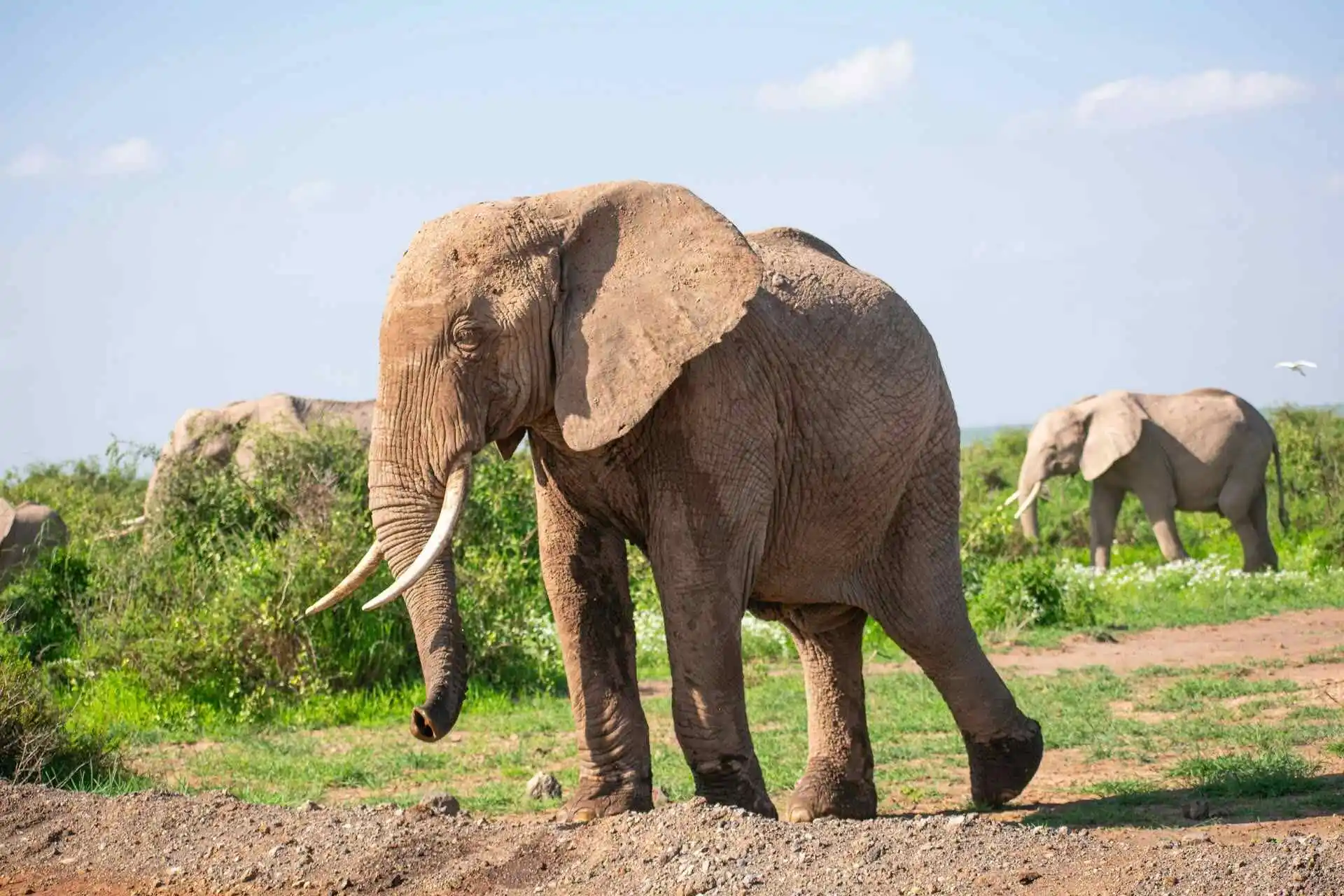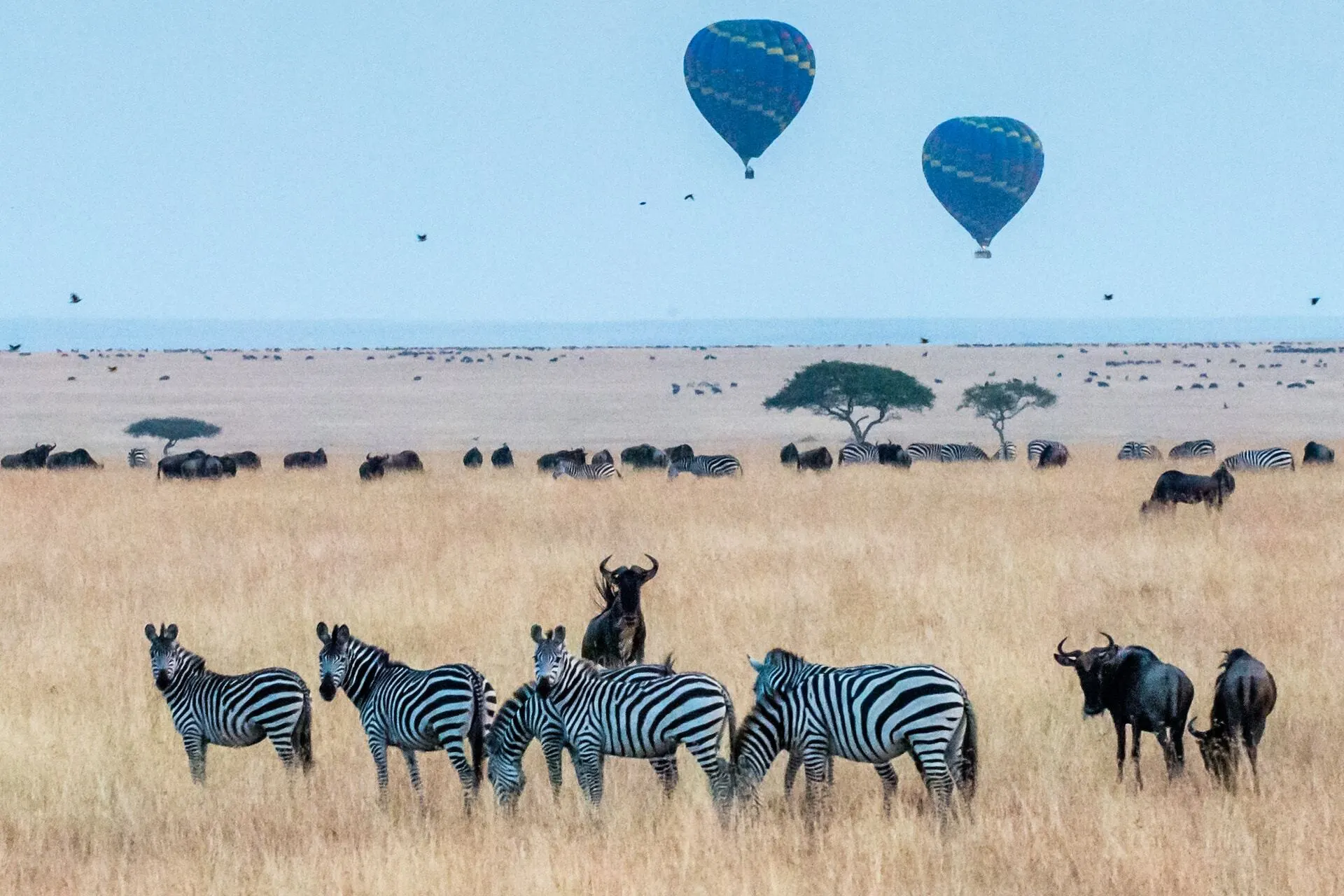If you have ever been on an African safari, you have probably seen antelopes and gazelles racing across the plains. They are real fast and beautiful to watch. But have you ever wondered what sets them apart? You are not alone here. This is a common question, even among seasoned travellers. Let’s break it down and help you spot the difference on your next safari.
What are They Exactly?
You may know this fun fact that all gazelles are antelopes, but not all antelopes are gazelles. Antelope is a general name for about 91 different species. Gazelles are one group within that larger family.
For instance, a square is a type of rectangle, but not all rectangles are squares. Gazelles are a type of antelope. They have some special features that make them easy to recognize once you know what to look for.

Thomson’s Gazelle
How to Tell Them Apart?
Size
Gazelles are usually smaller than other antelopes. For example, Thomson’s gazelles often called Tommies, stand just about 25–30 inches tall. But a greater kudu, another antelope, can grow nearly twice that height!
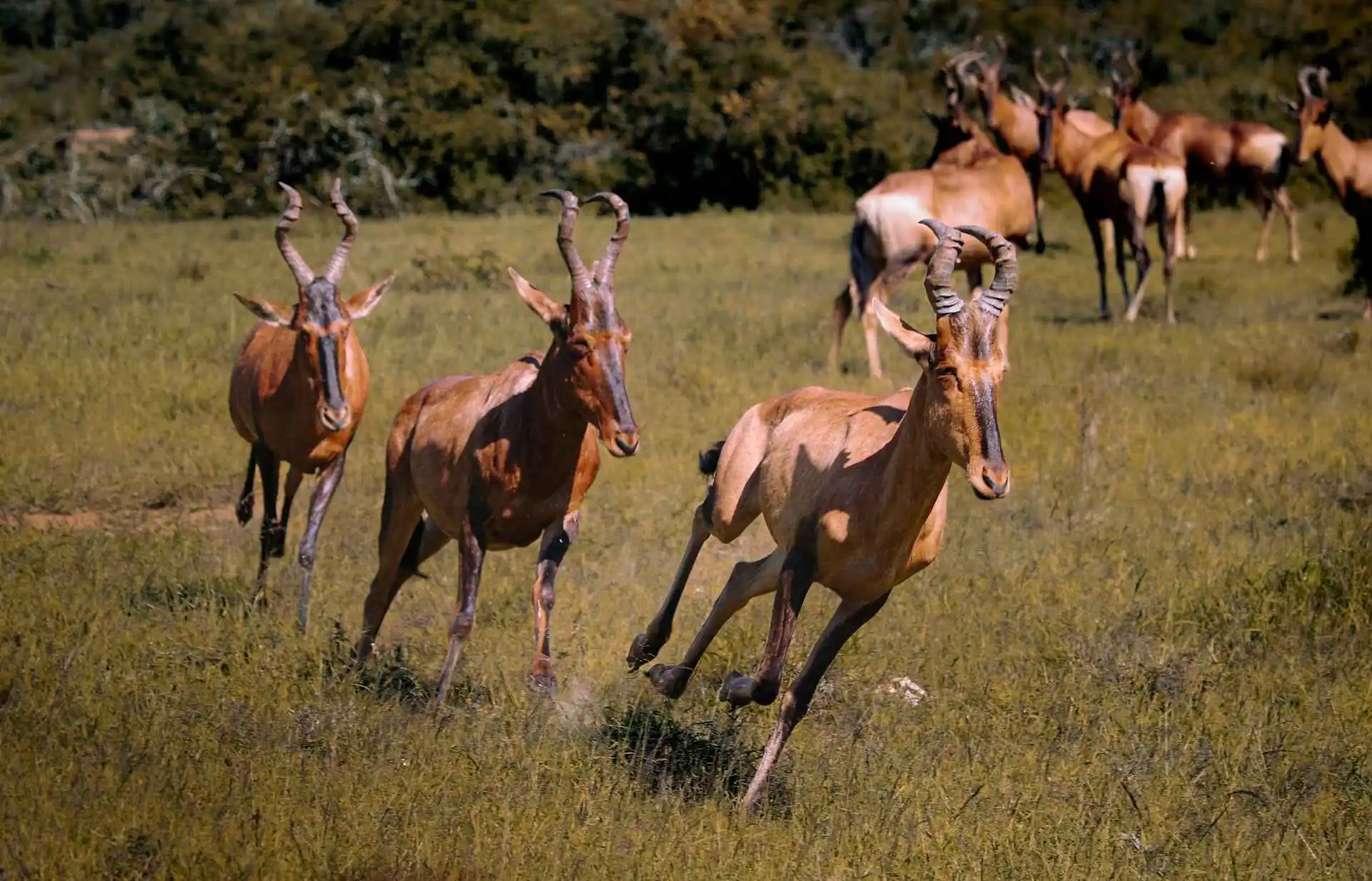
Hartbeest Antelope
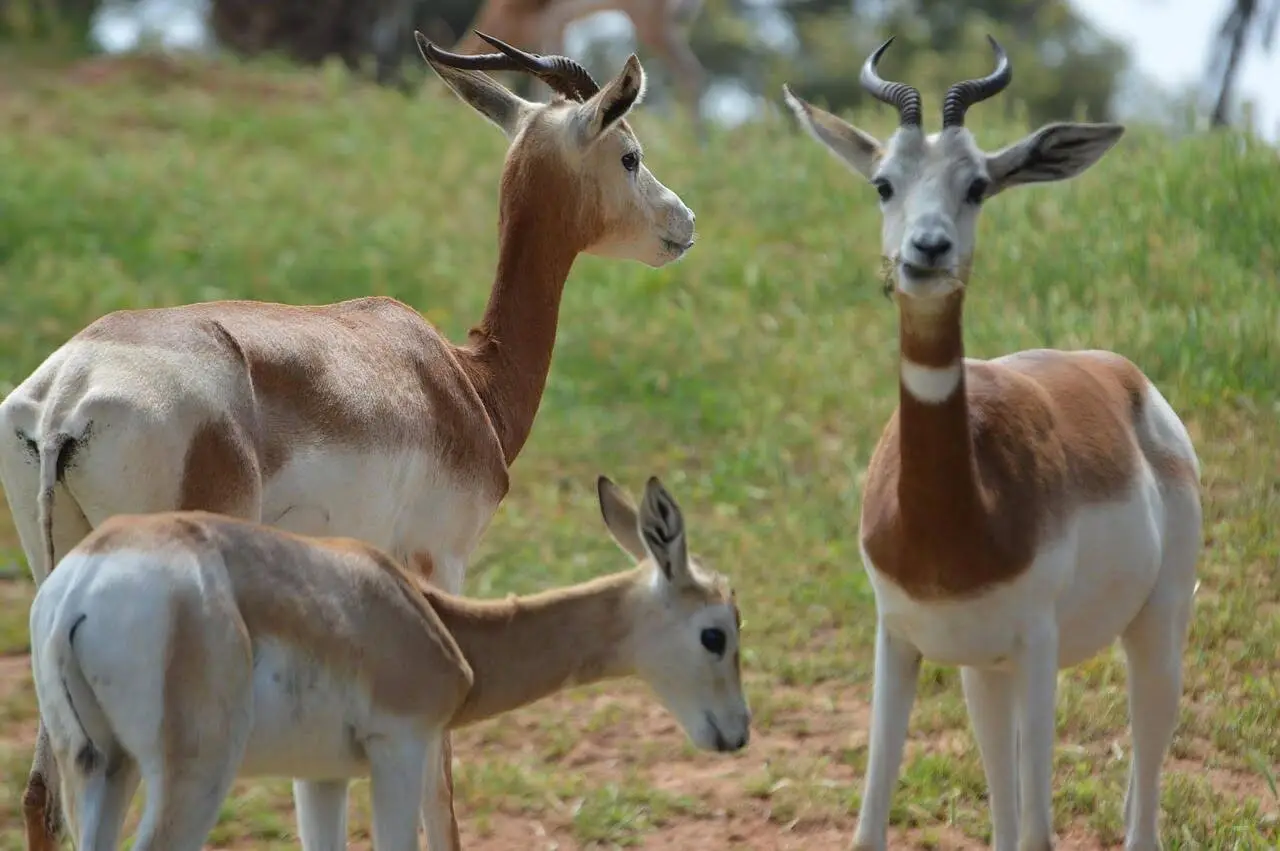
Dama Gazelle
Color and Coat
Gazelles often have a two-tone coat. Their backs are darker, and their bellies are lighter. Many have bold black stripes on their sides and white rings around their eyes. This look helps them blend into grasslands.
Other antelopes come in many different colours and patterns. Some, like kudus, have white body stripes. Others, like nyalas, look totally different depending on their gender. Males are shaggy and grey while females are reddish and smooth.
Horn Structure
Most gazelles have slim, curved horns with rings. Males and females usually both have horns, but the male ones are thicker.
Antelopes have a wide range of horn shapes. For example:
- Kudus have spiral horns
- Oryx have straight and sharp horns
- Elands have thick and twisted horns

Kudu Antelope
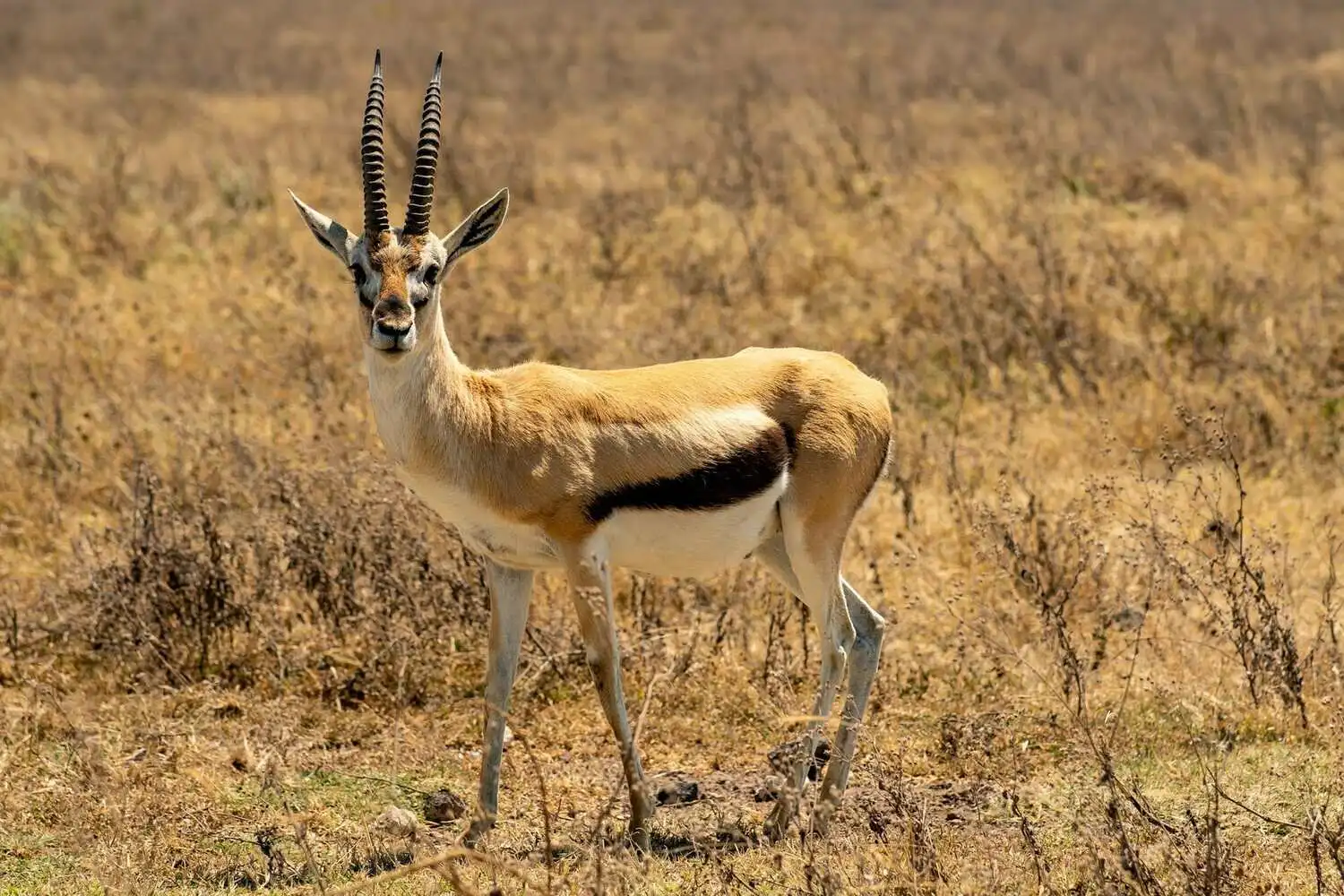
Thomson’s Gazelle
Body Shape
Gazelles are built for speed. They have slim legs with long faces and small, lightweight bodies. Many also have clear face markings and sharp side stripes. Other antelopes look very different. Some are stocky and strong like hartebeests, while others, like wildebeests, are heavier with large shoulders.
How They Move?
Gazelles are the dancers of the savannah. They are famous for a move called pronking. They leap straight into the air with all four legs stiff. It is both a warning to predators and a way to show off their fitness.
Thomson’s gazelles can hit speeds of up to 60 mph in short bursts. That is crucial for escaping fast predators like cheetahs.
Other antelopes also move well, but in different ways. For example:
- Elands are slower but can walk long distances
- Impalas can jump over 10 feet high and 30 feet long
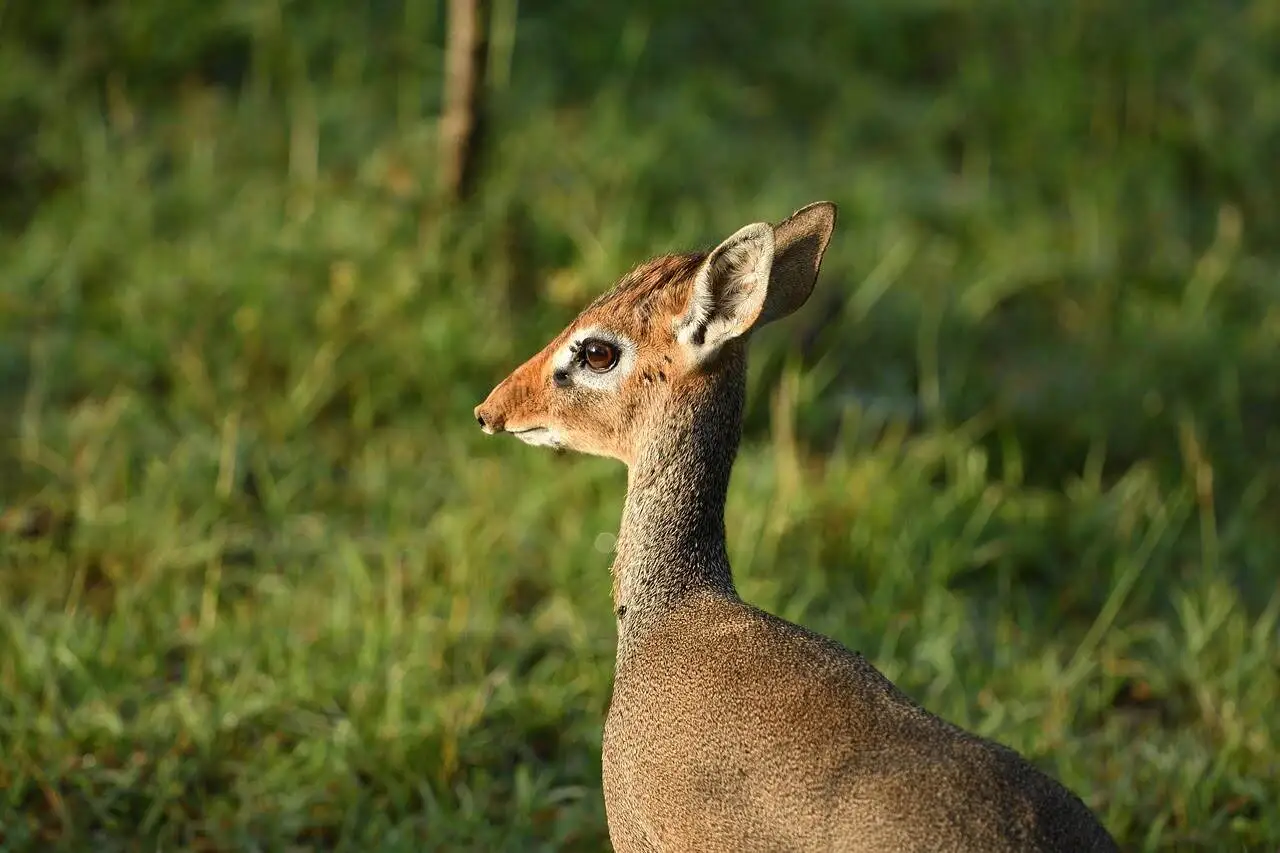
Dik Dik Antelope
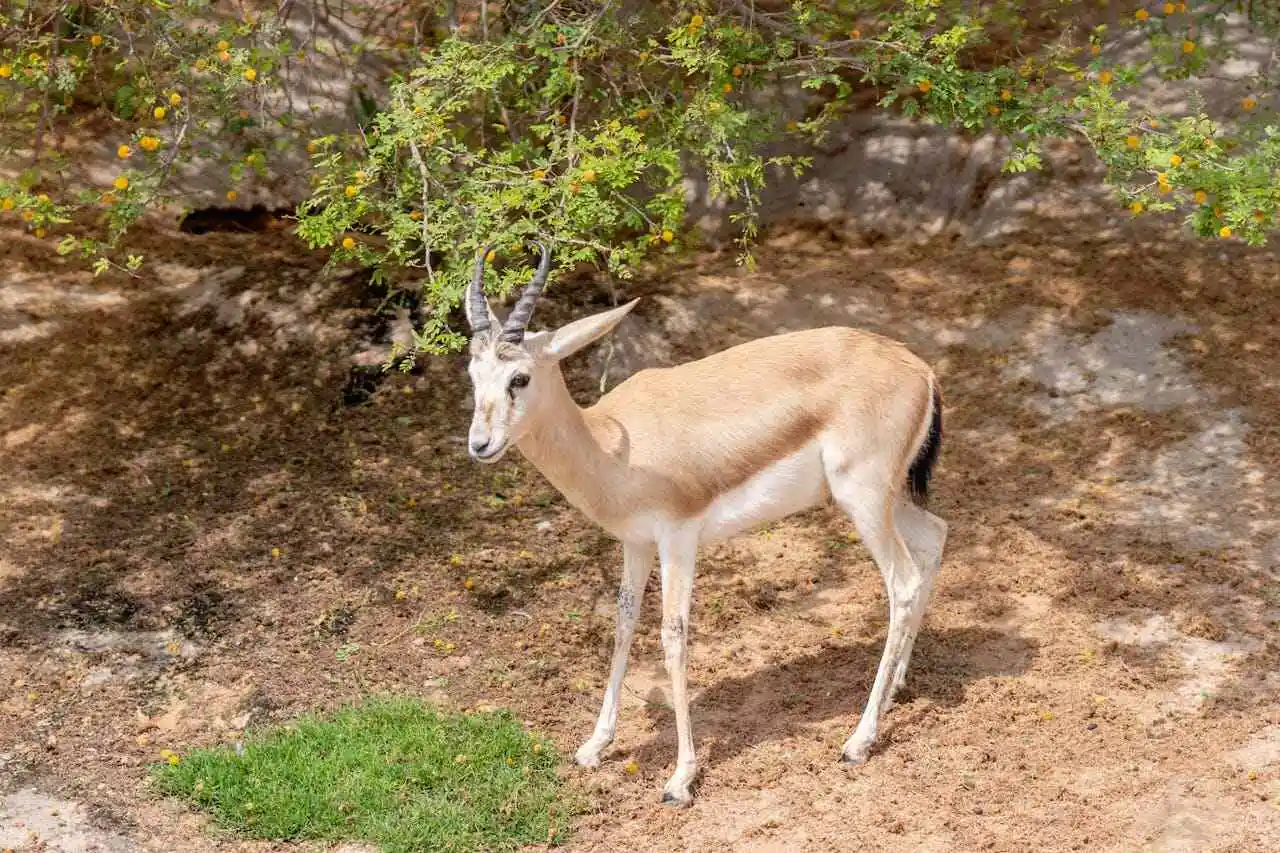
Rhim Gazelle
Diet and Eating Habits
Gazelles mostly eat grass, but when it gets dry, they switch to leaves and herbs. They often feed early in the morning or late in the afternoon to stay cool. They also get most of their water from plants, so they do not always need to find a river.
Other antelopes have different food habits:
- Kudus and nyalas prefer leaves and shrubs
- Wildebeests and hartebeests eat large amounts of grass, especially after rain
Where They Live?
Gazelles love open spaces. You will often find them in dry grasslands or semi-desert areas.
Some common habitats:
- Thomson’s and Grant’s gazelles live in East African savannahs
- Dama gazelles survive in dry desert areas
- Antelopes, on the other hand, live almost everywhere in Africa:
- Kudus and bushbucks like woodlands
- Waterbucks stay near rivers or lakes
- Wildebeests roam open plains
- Oryx are desert survivors
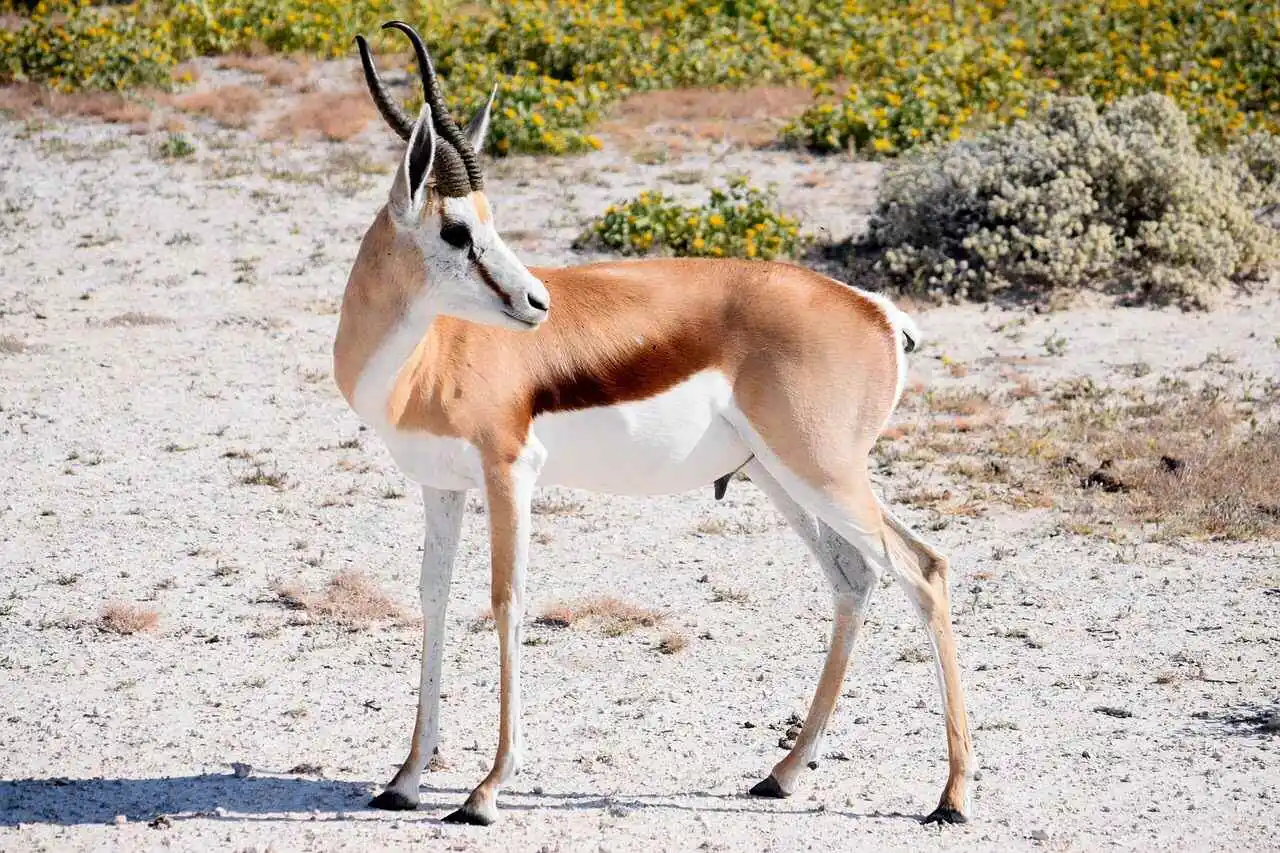
Springbok Antelope
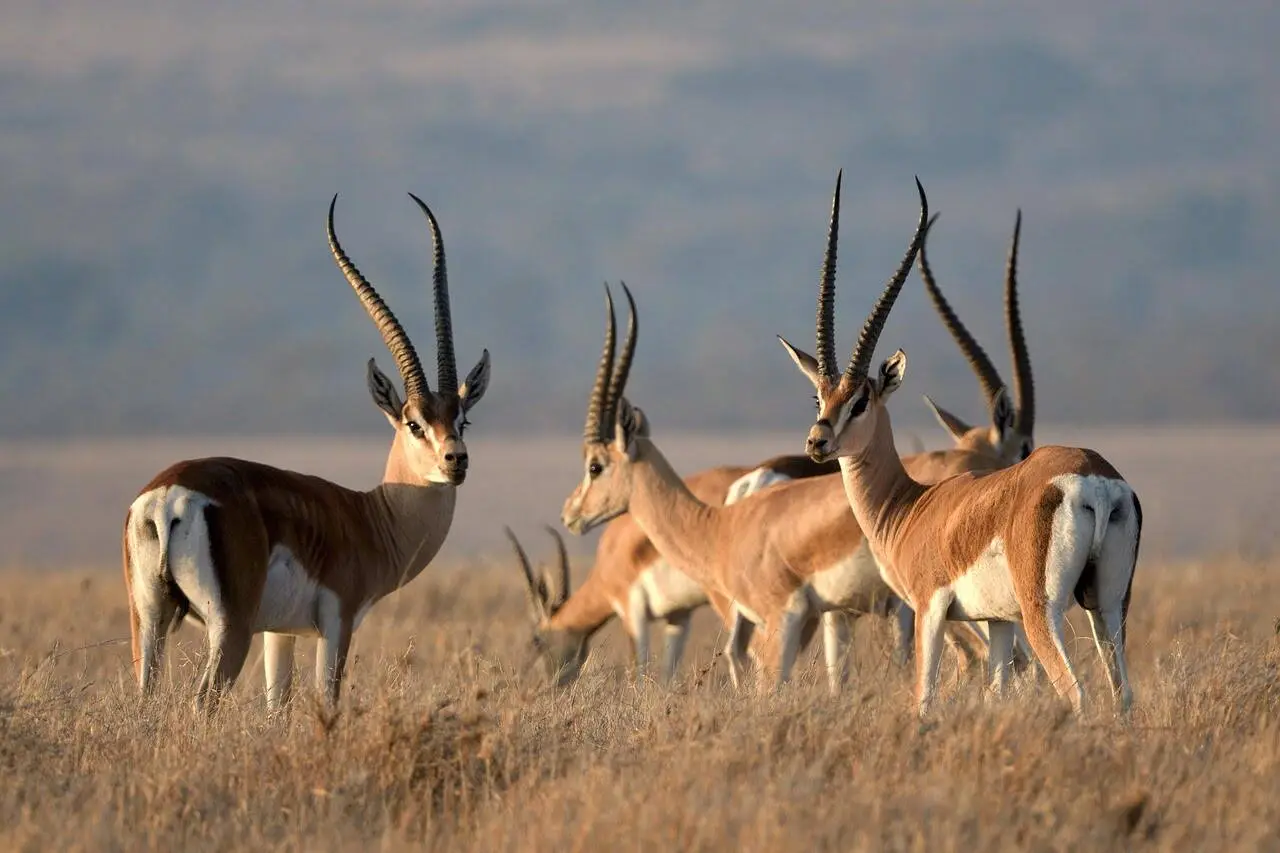
Grant’s Gazelle
Social Life
Gazelles usually live in small to medium herds. A typical Thomson’s gazelle group has 10–30 animals, but herds often get bigger during migration. Males mark their territory with scent glands near their eyes.
Other antelopes show a wide variety of social habits:
- Impalas form large groups led by one dominant male
- Kudus often live alone or in small groups
- Wildebeests travel in massive herds, especially during migration
What They are Like in Behaviour?
Gazelles are always alert. You will often see them taking turns keeping watch while others graze. Their small size makes them easy prey, but their speed and teamwork keep them safe.
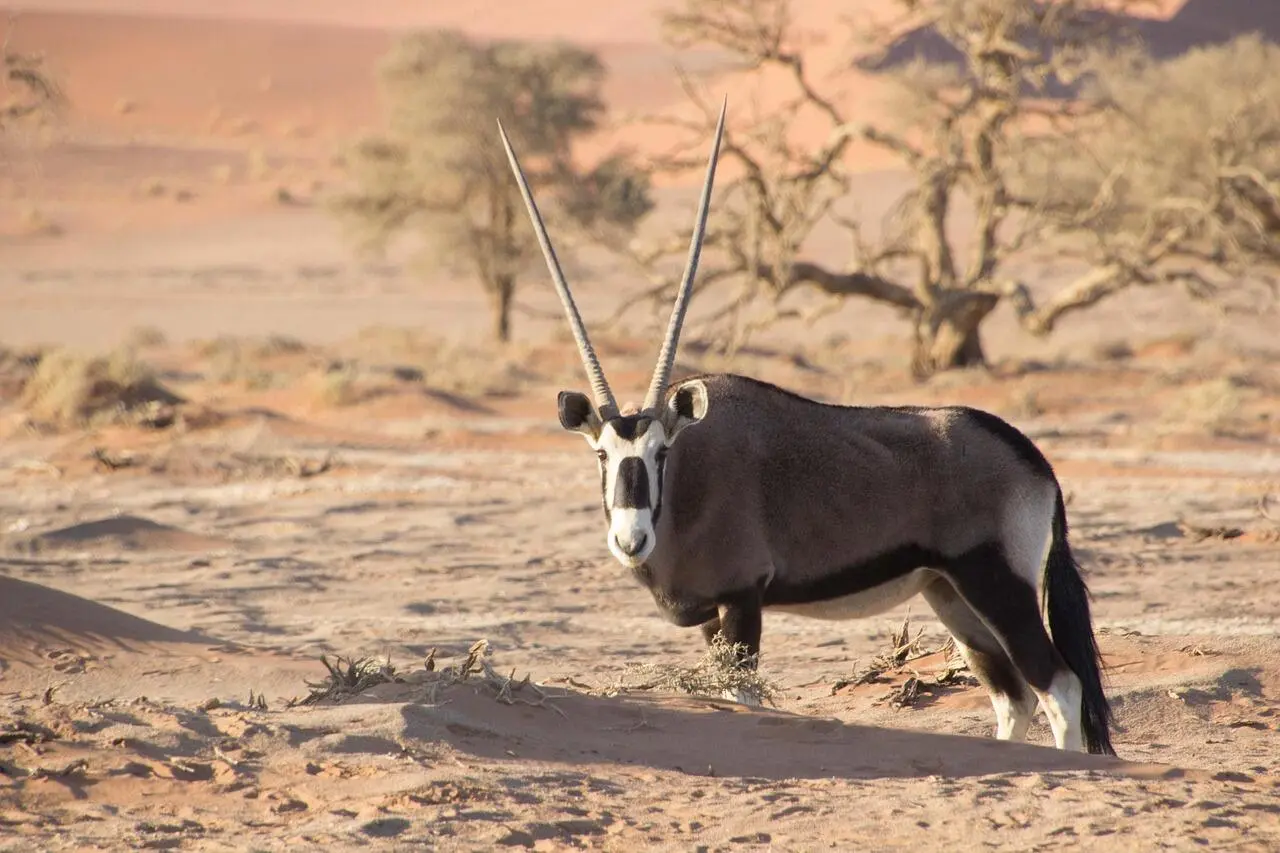
Oryx Antelope

Addax Antelope
Types of Gazelles in Africa
There are about 10 species of true gazelles found across the continent. Some of the most well-known include:
- Thomson’s gazelle (Eudorcas thomsonii)
- Grant’s gazelle (Nanger granti)
- Dorcas gazelle (Gazella dorcas)
- Dama gazelle (Nanger dama)
- Soemmerring’s gazelle (Nanger soemmerringii)
- Red-fronted gazelle (Eudorcas rufifrons)
- Rhim (Slender-horned) gazelle (Gazella leptoceros)
- Speke’s gazelle (Gazella spekei)
- Cuvier’s gazelle (Gazella cuvieri)
- Mountain gazelle (Gazella gazella)
Most of these live in dry, open areas and rely on speed to survive.
Some of the Popular African Antelopes
Africa has more than 70 antelope species. Some famous ones include:
- Impala (Aepyceros melampus)
- Wildebeest (Blue wildebeest) (Connochaetes taurinus)
- Eland (Common eland) (Taurotragus oryx)
- Greater kudu (Tragelaphus strepsiceros)
- Lesser kudu (Tragelaphus imberbis)
- Nyala (Tragelaphus angasii)
- Bushbuck (Tragelaphus scriptus)
- Sable antelope (Hippotragus niger)
- Roan antelope (Hippotragus equinus)
- Bongo (Tragelaphus eurycerus)
- Hartebeest (Alcelaphus buselaphus)
- Topi (Damaliscus lunatus jimela)
- Reedbuck (Common reedbuck) (Redunca arundinum)
- Dik-dik (Kirk’s dik-dik) (Madoqua kirkii)
- Steenbok (Raphicerus campestris)
- Oribi (Ourebia ourebi)
They come in all sizes and live in every kind of landscape, from thick forests to wide deserts.
Gazelles and antelopes may look similar at first, but now you know how to tell them apart. On your next safari with Big Cats Safari do take a closer look. Notice the horns, body shape, size, and how they move. Sometimes it is the smallest details that make your safari truly unforgettable.

